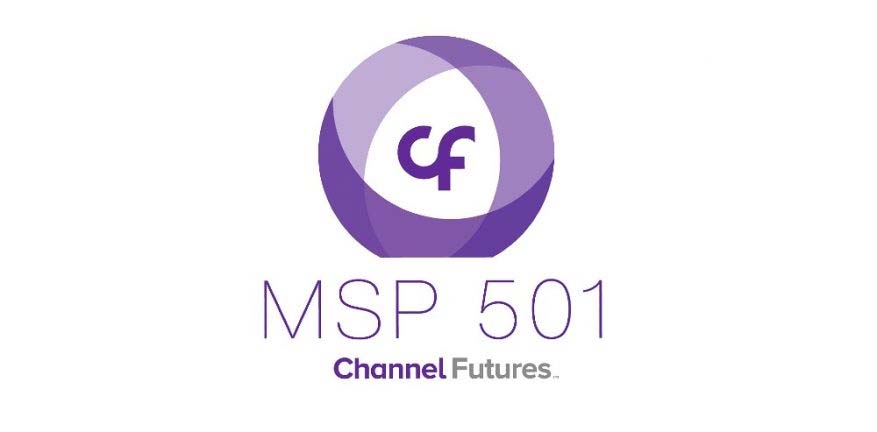We Support your IT Everything


ThrottleNet is the Midwest’s premier IT partner, and the proof is in our accolades and customer feedback. We are the most awarded company in the Midwest, achieving 10 consecutive years as Small Business Monthly’s “Best in IT” and being named to the prestigious MSP 501 list. We have more than 700 Google reviews with a perfect 5-star average rating. These achievements reflect our commitment to exceptional service and innovative IT solutions—validated by the people who matter most: our customers.

When we started in 1999, we were driven to raise the bar on outsourced IT services and provide a better option for business. 25 years later, we are proud to be recognized by Channel Futures as a Top 501 MSP in the World and #1 in St. Louis IT Support by Small Business Monthly, each for 10 years in a row. Bottom line is, we work hard for our customers and it‘s proven in the results with our average response time to support tickets being under two minutes.
The MSP 501 is the world’s first, largest, and most comprehensive survey and ranking list in the Managed Services Industry. Every year, partners around the world throw their hats in the ring for a chance to become an MSP 501er. ThrottleNet was first awarded this highly coveted distinction in 2014 and has maintained the status for the following 10 years.
The sought after award requires certification from other professionals just to apply and entails a comprehensive review of our methodologies, processes, and financial health. We are humbled to among the best of the best.

Image Box text

We have been awarded the Small Business Monthly best IT company for 10 years in a row and voted #1 on the list each year. No company has ever ranked #1 for that many consecutive years in any category.



We also track customer satisfaction on a ticket by ticket basis. In other words, any interaction with our company will give you a chance to tell us how we are doing. We currently have 20,000+ reviews with an average happiness score of 98.5%. This, along with Virtual Chief Information Officer (vCIO) strategy meetings, tells both you and us how we are performing for your team.

Further, we are a month to month agreement company. We do not hold your business hostage. We do not bind you into long term contracts. If you say, “This is not working for us anymore,” we will help you transition to your next IT vendor. We never want to have an adversarial relationship with our own vendors, so why would we not treat you the exact same way?

To absolutely ensure the best customer service possible, ThrottleNet became an open book management company in 2010. The entire company’s financial outlook is shared by our team. How does this relate to you? Our team receives a portion of the monthly profit of the business. That profit is made up of satisfied customers just like you! Because our offerings are month to month, you can leave at any time and company profits—and thus our profit sharing—will drop.
This is why every member of our team pays close attention to each and every customer to ensure their portion of the profit sharing continues to grow. Couple this with the fact that you are not locked into a long term agreement, each team member goes above and beyond to provide the very best customer service. We don’t just say it, we prove that we provide the best customer service in the industry.

Don't wait for your next IT crisis. Contact us today for a free on-site consultation & security report to evaluate your business’s IT security needs.
Get A Free Consultation